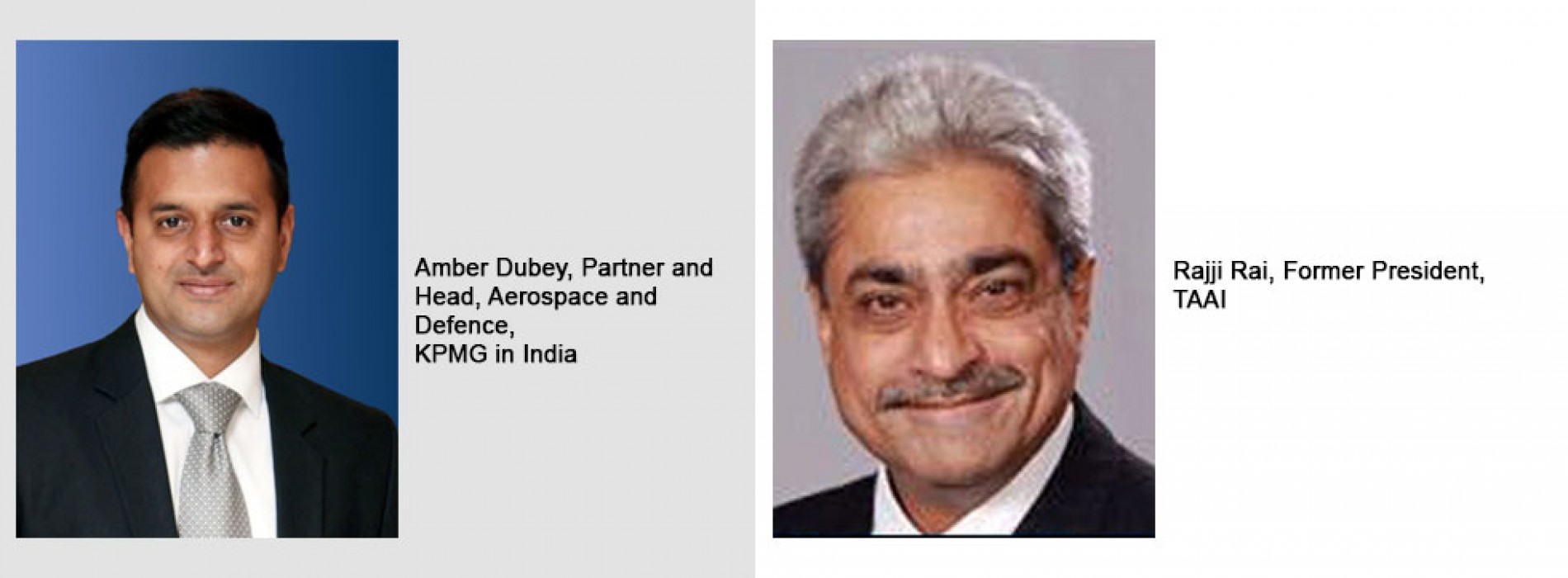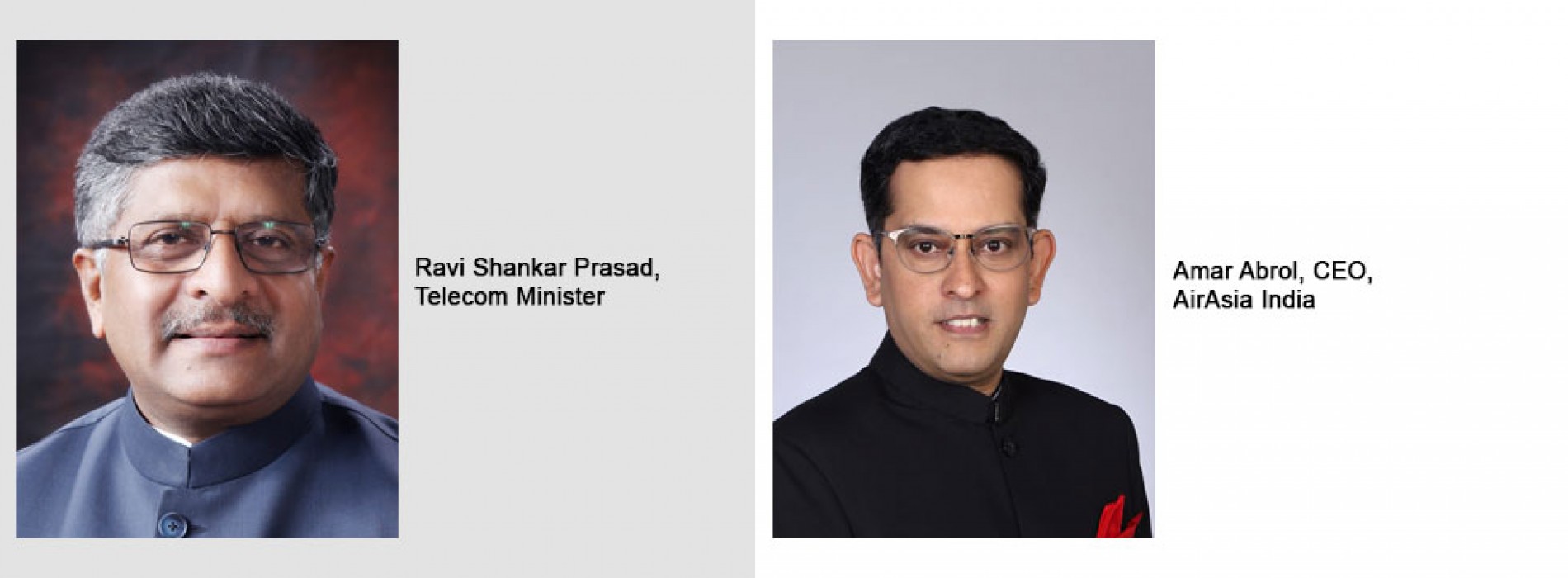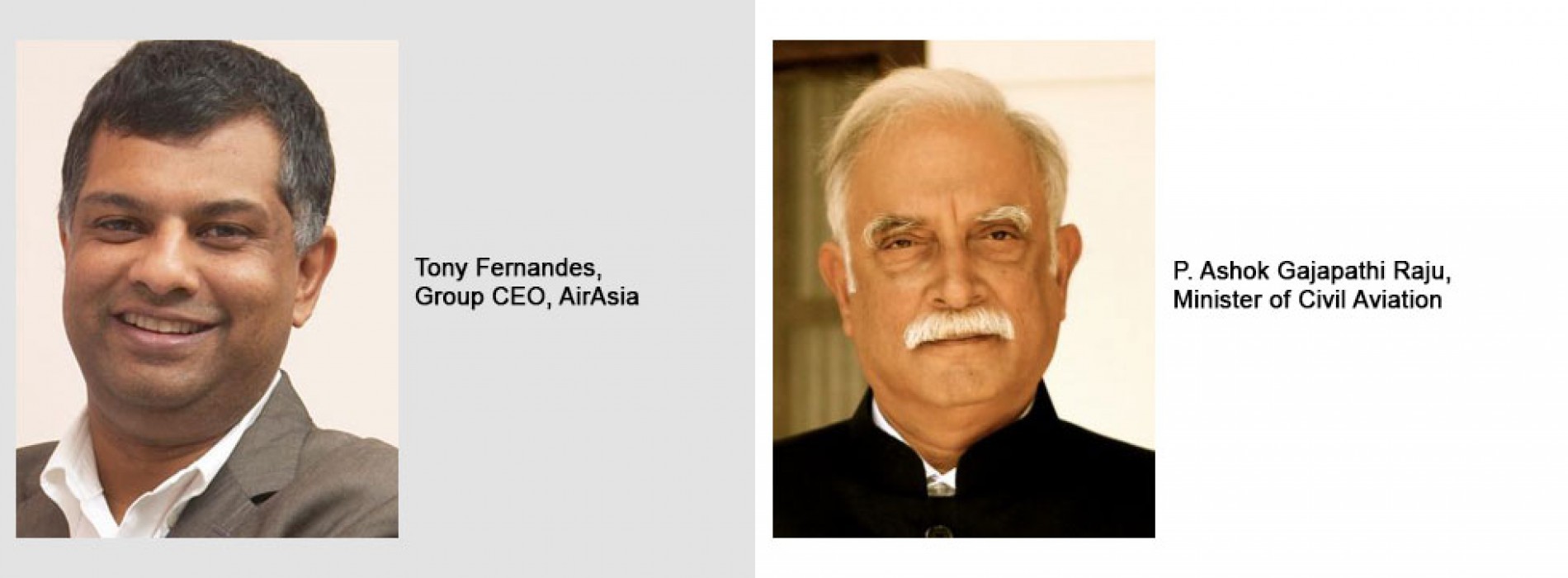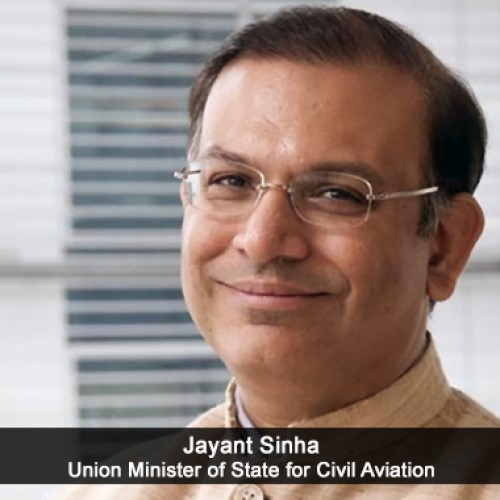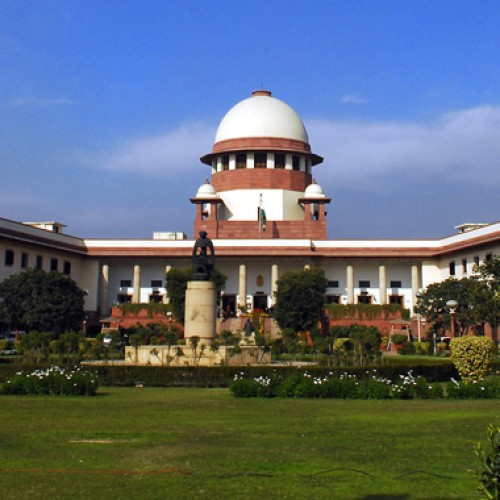First-Ever Civil Aviation Policy takes off
The Union Cabinet chaired by Prime Minister Narendra Modi approved the National Civil Aviation Policy 2016 in New Delhi on June 15. This long-awaited, historic and ambitious new policy is the most comprehensive policy. The first of its kind; the policy covers a wide range of areas. It aims to bolster growth in the country’s civil aviation sector by tapping its high potential and making air travel accessible and affordable for the common ma n. The target is to make India 3rd largest civil aviation traffic market in the world by 2022 from its current 9th position.
The new policy has widened the scope of competition in the aviation industry by scraping of 5/20 rule and liberalizing regime of bilateral rights. With the abolition of 5/20 rule, the competition on the international routes will grow and flyers will have more options to fly overseas. The policy also promises to improve regional connectivity and make flying affordable for people in India’s hinterland.
Here are 10 takeaways from the Civil Aviation Policy 2016: Rule 5/20 Abolished
The new civil aviation policy has amended the decade-long 5/20 overseas flying norm. The new rule allows any domestic airline to fly overseas provided they deploy 20 planes or 20 % of their total capacity (in terms of average number of seats on all departures put together); whichever is higher, for domestic operations. Now there is no time restriction for flying abroad. Vistara and AirAsia India, who had demanded the scrapping of 5/20 rule, will be the immediate beneficiaries of the new rule. Flying overseas has many benefits for domestic carriers because international operations are more profitable than the fiercely competitive domestic market.
Regional Connectivity Scheme
The new civil aviation policy provides for the Regional Connectivity Scheme (RCS) for enhancing regional connectivity in the country. As per RCS, airfare will be capped at Rs2500 per passenger for one-hour flight on unserved/ underserved routes. Airstrips/ airports will be revived as no-frills airports. A fund for Viability Gap Funding (VGF) will be created through a small levy per departure on all domestic flights other than Cat II/ Cat IIA routes, RCS routes and small aircrafts.
Route Dispersal Guidelines Rationalized
The criteria to declare Category I route have been made more transparent. The criteria for Cat II and IIA remain the same. The criteria for a Cat I route will be a flying distance of more than 700 km, average seat factor of more than 70% and annual traffic of 5 lakh passengers. Percentage for CAT III will be reduced in view of the Regional Connectivity Scheme. Uttarakhand and Himachal Pradesh have been included in category II routes.
Liberalized Bilateral Rights
The regime of bilateral rights and code share agreements will be liberalised. “Open skies” will be on a reciprocal basis for SAARC countries and countries beyond 5000 km from Delhi. A method will be framed to allot additional capacity entitlements wherever designated Indian carriers have not utilised 80% of their bilateral rights but the foreign airlines/countries have utilised their part.
Effective Aviation Security
DGCA will get due administrative and financial autonomy for an effective aviation safety oversight system and a transparent single-window system for all aviation safety related issues. Indian carriers will be allowed to provide security services to other domestic airlines subject to approval of BCAS. Use of private security agencies will be encouraged at airports for non- core security functions.
MRO gets a leg-up
MoCA will persuade State Governments to make VAT zero- rated on MRO activities. Provision for adequate land for MRO service providers will be made in all future airport/heliport projects where potential for such MRO services exists. Airport royalty and additional charges will not be levied on MRO service providers for a period of five years from the date of approval of the policy.
Helicopters and Charters
The Government will issue separate regulations for helicopters and will develop four heli-hubs initially. MoCA will coordinate to facilitate Helicopter Emergency Medical Services. Airport charges for helicopter operations will be rationalized. The policy of allowing inclusive tour package charters will be further reviewed to include more categories of passenger charter flights recognised globally.
New Ground Handling Policy
As per the new policy, a new framework will replace the existing ground handling policy to ensure fair competition. The airport operator will ensure that there will be three Ground Handling Agencies (GHA) including Air India’s subsidiary/JV at all major airports as defined in AERA Act 2008. At non-major airports, the airport operator will decide on the number of ground handling agencies.
Modernization of Airport
The new policy states that Airport Authority of India (AAI) will continue to develop and modernise its airports and upgrade quality of services. AAI will be suitably compensated in case a new Greenfield airport is approved in future within 150 km radius of an existing operational AAI airport which is not yet saturated. The policy aims to encourage development of airports by AAI, state governments and private sector and in PPP mode. The MOCA will endeavour to provide regulatory certainty. Future Greenfield and Brownfield airports will have cost efficient functionality with no compromise on safety and security.
Aviation Education and Skills
MoCA will provide full support to the Aviation Sector Skill Council and other similar organisations/ agencies for imparting skills for the growing aviation industry. There are nearly 8000 pilots holding CPL but they have not found any regular employment. MoCA will develop a scheme with budgetary support for Type- rating of Pilots. The detailed scheme will be worked out separately.
Read here who said what on the new civil aviation policy:
PM Narendra Modi wrote on tweeter:
Civil Aviation Policy gives an impetus to affordability, regional connectivity, safety, infrastructure, which is vital for transforming India.
Minister of Civil Aviation P. Ashok Gajapathi Raju:
This was the first time since independence that an integrated Civil Aviation Policy has been brought out. The centre-piece of the policy is to make regional air connectivity a reality. The policy aims to take flying to the masses by making it affordable and convenient and by establishing an integrated eco-system to drive growth in the sector.
Telecom Minister Ravi Shankar Prasad:
The questionable legacy of 5/20 rule has been thrown into the dustbin today.
Tony Fernandes, Group CEO, AirAsia Bhd on tweeter:
Almost an end to vested interests. Power to the people. Well done @narendramodi. You kept your word.
Amar Abrol, CEO, AirAsia India:
The new civil aviation policy is a progressive one and as a nation we are one step closer to strengthening and growing aviation in India. As far as our strategy goes, ours is an ‘India first’ strategy. The various changes that have been proposed to the policy will enable us to live up to our promise ‘Now Everyone Can Fly’. The objective of taking flying to the masses by making it affordable and convenient is well thought through by the government. We look forward to welcoming many first time fliers as we grow our footprint in India.
Sharat Dhall, President, Yatra.com:
The long-awaited new civil aviation policy has some path breaking changes that should unlock regional connectivity as well as open up opportunities for carriers entering the Indian market. The abolition of the 5/20 rule has come as a respite to many of the carriers that have entered the market in the last few years and enable them to expand their services internationally now. By subsidizing the shorter domestic routes for the airlines, the government has given a strong push to regional connectivity by capping fares and thereby expanding the market. A cap of Rs 1200 for 30 min flights and Rs 2500 for 1 hour flights should really drive growth in a hugely underpenetrated domestic air market and catalyse economic growth in tier 2 and tier 3 markets.
Anil Parashar, President, ITQ
The changes proposed in the new civil aviation policy are aimed at making airline travel grow multifold in the years to come. Primarily, the capping of airfare at Rs 2500 per hour is aimed to boost regional air connectivity which in turn will serve non-established air routes and making air travel more affordable to the masses. The Viability Gap Funding (VGF) created by this rate fixture would be provided by the government to airlines that will fly on these routes. Government is also proposing to revamp no-frills airport and unused air strips thereby making air connectivity one of the safest, quickest, and most user friendly means of transportation. The modification of the 5/20 rule is going to create more options for the Indians travelling abroad. The travelers would gain the most from this initiative as they would not only have more options but also lower fares due to increased competition.
Rajji Rai, Former President, TAAI & Civil Aviation Expert
The announcement of the new civil aviation policy was long overdue and it is a good beginning. The policy is comprehensive and covers several key areas. The amendment in 20/5 overseas flying rule is very significant for new domestic airlines like Vistara and AirAsia India. The policy will encourage competition among airlines and usher in world-class standards in the sector. Its focus on improving regional connectivity will go a long way in making flying accessible and affordable to the common man. However, the success of the regional connectivity scheme will depend on how the state governments cooperate with the Centre in its implementation as the policy has made states key stakeholders in the scheme.
Amber Dubey, Partner and Head, Aerospace and Defence, KPMG in India:
Bringing all stakeholders together, many of whom have conflicting interests was a herculean task – one of the reasons why we have never had an integrated aviation policy since 1947 despite many sincere attempts in the past.
You might also like
India must develop 100 billion dollars companies to become global leader: Union Minister Jayant Sinha
India can take over the global economic leadership in the 21st century if it manages to create $100 billion companies across sectors on the home soil, Union Minister Jayant Sinha
The Claridges, New Delhi: a happening place of modern luxury
The Claridges, New Delhi beautifully amalgamates the nostalgia of yester years with contemporary luxury. In an interview to TnH, Atul Lall, Vice President – Operations & General Manager, The Claridges,
Supreme Court issues notice to Civil Aviation Ministry and Air India on transgender’s plea
The Supreme Court on Monday issued notices to the Civil Aviation Ministry and Air India on the basis of a plea filed by a transgender against the national airline. The

